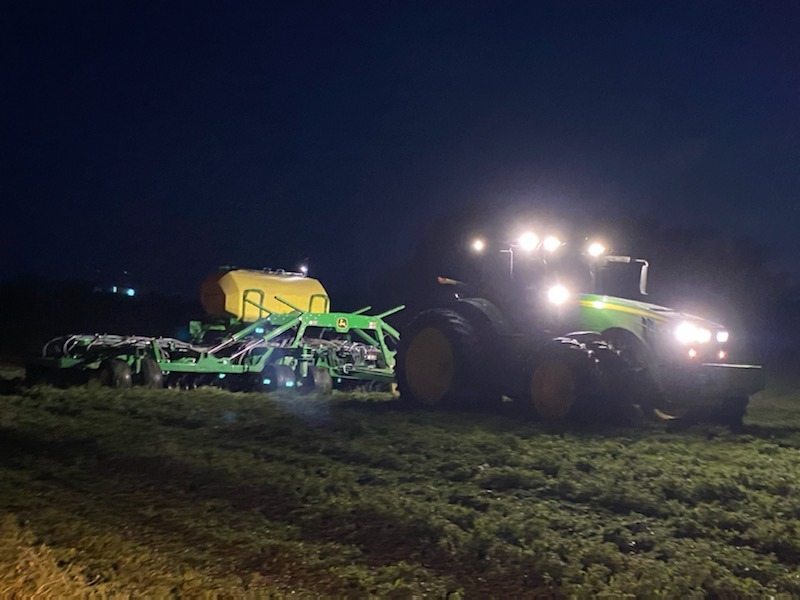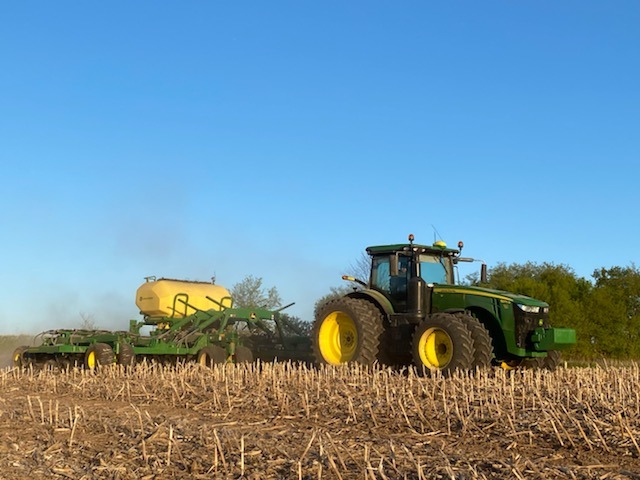Last fall I talked about how we manage our manure to get the best yield from our crops and also protect our environment. But springtime is all about the seeds and the soil and today I want to talk more about how we manage our land to enhance the soil that grows our crops.

A friend that I hunt and fish with once told me “You’ve got to be your own conservationist” and that has really stuck with me through the years. I believe that farmers have always been caretakers of the land. While there is a lot more attention from the public on our sustainability practices, on the farm keeping the future in mind is business as usual. We’ve always cared about the environment, even before it was cool. However, sometimes farmers forget that communicating what we do with the public is almost as important as what we do.
So in that vein, I want to share some of the things we do here at Majestic Crossing Dairy to improve our soil health and practice sustainable farming.

We of course follow the rules from the DNR but we have also learned that just because we can do something and stay within their regulations, doesn’t mean it’s the best for our farm. We’ve worked with neighbors to increase the number of acres we have to spread manure on. This means that we may have to purchase more fertilizer but also gives us more flexibility in where and how much manure we apply to fields. This is especially important to us in wet years.
We treat each field as its own entity and work to balance its characteristics along with the needs of our crop rotations, manure management plan, and expanding the conservation practices we have adopted. So this means that in some fields we plant cover crops, and some we do not. Some fields we no-till plant, some fields we do minimal tillage and some have full tillage, all depending on what that field needs.

Utilizing cover crops is a practice we are expanding. Right now we use barley, wheat, or oats but we are still experimenting on what works best for us. Utilizing cover crops can sometimes be difficult to manage with a short window to plant them during a busy fall season. But we know that using cover crops helps us to sequester carbon and preserve our soil, so this is important to us.

Planting corn into our cover crop.

Planting our cover crop into our harvested cornfield.
We have also taken a closer look at our fields and adjusted the areas we leave unplanted to increase buffer strips near waterways. In some spots, we have already or plan to take areas out of what we plant. You may wonder why a farmer would take crop ground out of production, and there are a few reasons. First, the ground may be near a waterway or be a lower wetter part of the field. Also, some of these areas are smaller or have odd angles and our equipment doesn’t maneuver in them easily. Preserving these areas not only makes it easier on us, but it also provides pollinator and wildlife habitats.
While farmers have really always been conservationists, science keeps improving and we continue to experiment and learn. Using a combination of tried and true farming practices along with incorporating new ideas is how we continue to get better and better at caring for our soil.
